How apps techonologically evolved over the time?
Way back in 2007, Steve Jobs astonished the world with the presentation of the first iPhone. At that time, Apple's wonder-phone contained a mere dozen of apps, without the possibility of installing new ones; since then, the situation has surely evolved: App Store, Google Play Store, Windows Phone Store and similars contain in their catalogues millions and millions of apps.
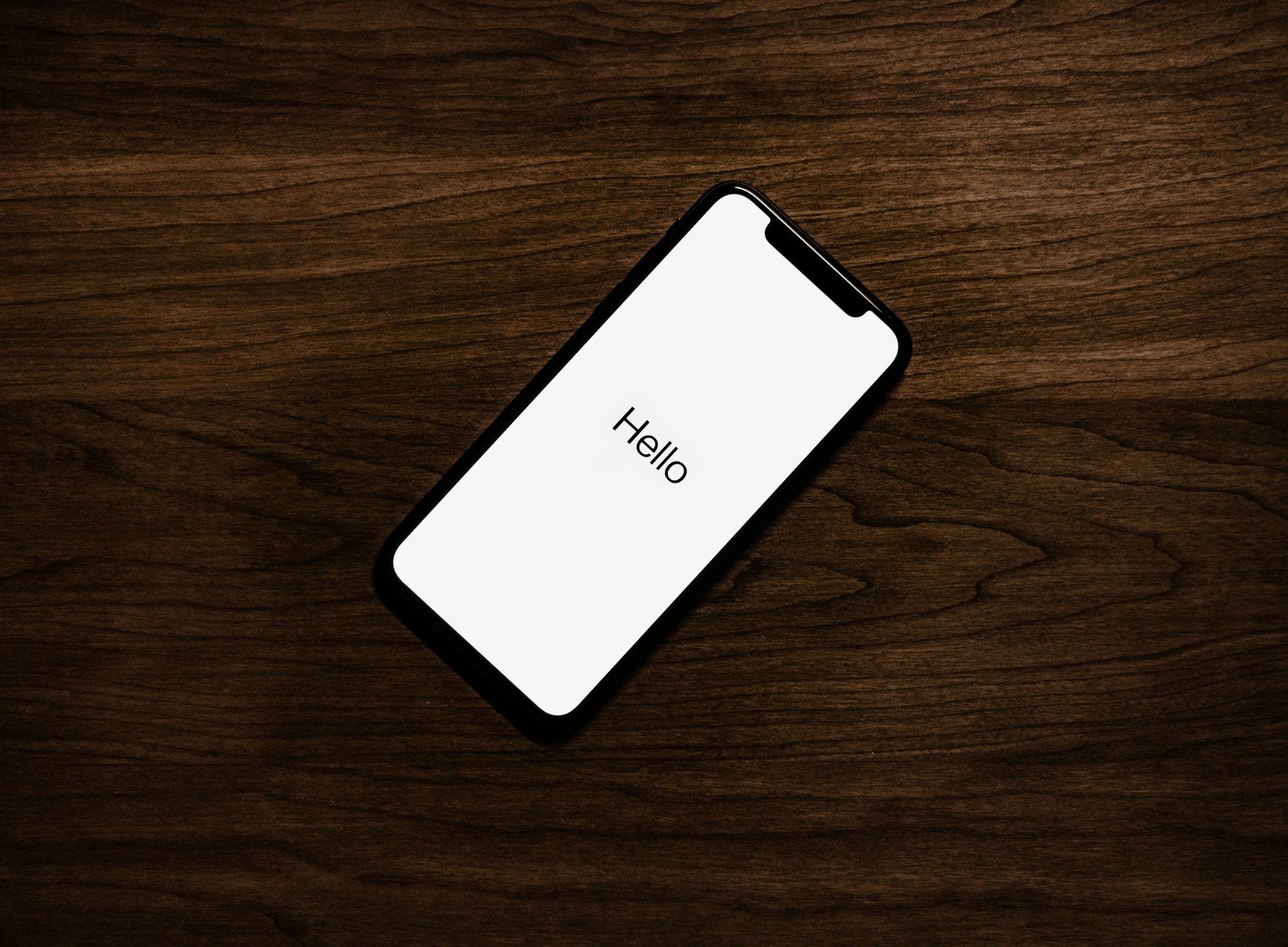
So many, that there is an app for just about anything.
They are few those moments of our daily life which don't include, directly or indirectly, an app of our smartphone: from the alarm that wakes us up, to the one that tracks our morning runs, from the maps that lead us to the office, to our loyal virtual to-do list; there are apps that allow us to order the lunch and other ones that help us monitoring our calories (or our hydration). Pictures, messaging, social networks... the list of the digital tools on which we count in our everyday is getting longer each day, even more so with the upcoming of new smart devices, like tablet of different shapes, smartwatches, fitness trackers, etc. Even at work, in many contexts,
the apps are replacing the classic PC program.
A few jobs has been even revolutionised by the apps introduction; one only need think of agents who have on their tablets the entire catalogue of selling products, with the possibility of preparing orders based on the real-time situation of the warehouses. Another case are the technichians who install and manage machines of different nature: they have at their disposal entire knowledge bases to help them to quickly solve problems, as well as the possibility to fill in intervention reports through vocal dictation, attached pictures and digital signatures.
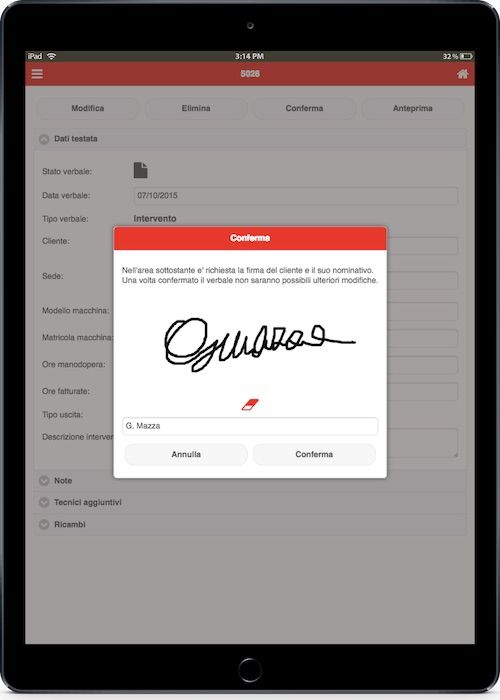
The key words of the app approach are: speed, mobile, connnectivity; the entire consuption of web contents changed consequently: as is clear from the report below, since 2014 the global number of mobile users surpassed the desktopones and since then the gap widened from year to year.
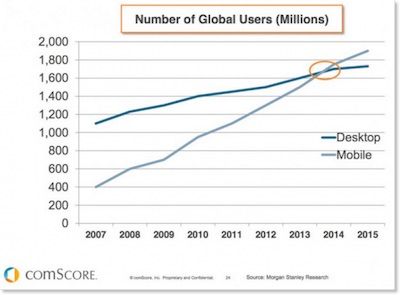
So what is it, given the undeniable advantages in terms of productivity, that can stop us from the introduction in our business of an app which can be tailor-made to suite our daily workflow?
The first of the problems, it is surely the one regarding costs,
even more so in a small-medium enterprise context. Developing for mobile devices means to design and produce an app for all of the different devices (based on their operating systems): an app developed for iOS can't be installed on an Android device. Hence, to reach all the potential customers (or employees, considering the BYOD – Bring Your Own Device movement), I would have to release an app for at least 3-4 different piattaforms, with designing and developing costs multiplied for each different destination.
Are our dreams of mobility ending here? Certainely not: to help us, a few years ago, web apps are arrived, i.e.
all the applications usable from any browser.
Some notable example? Facebook, Washington Post or Gmail.
Let's shed the light on this: everything we called so far "app" will take the attribute of native. The native apps, are in fact the ones that can be installed on a device through an app store; the web apps, as we have seen, are the ones which are usable through a browser without the need of being installed, but with a mandatory connectivity requirement. Actually, web apps can be "installed" too, in the homescreen of a device, so that they can be accessed as every other native app.

Here we open a parenthesis: also the classic computer is included in the compatibility list of a web app (always through a browser). Thanks to the definition of a responsive structure, we can built an effective user experience, through the re-arrangement of the contents, independently from the screen size of the device.
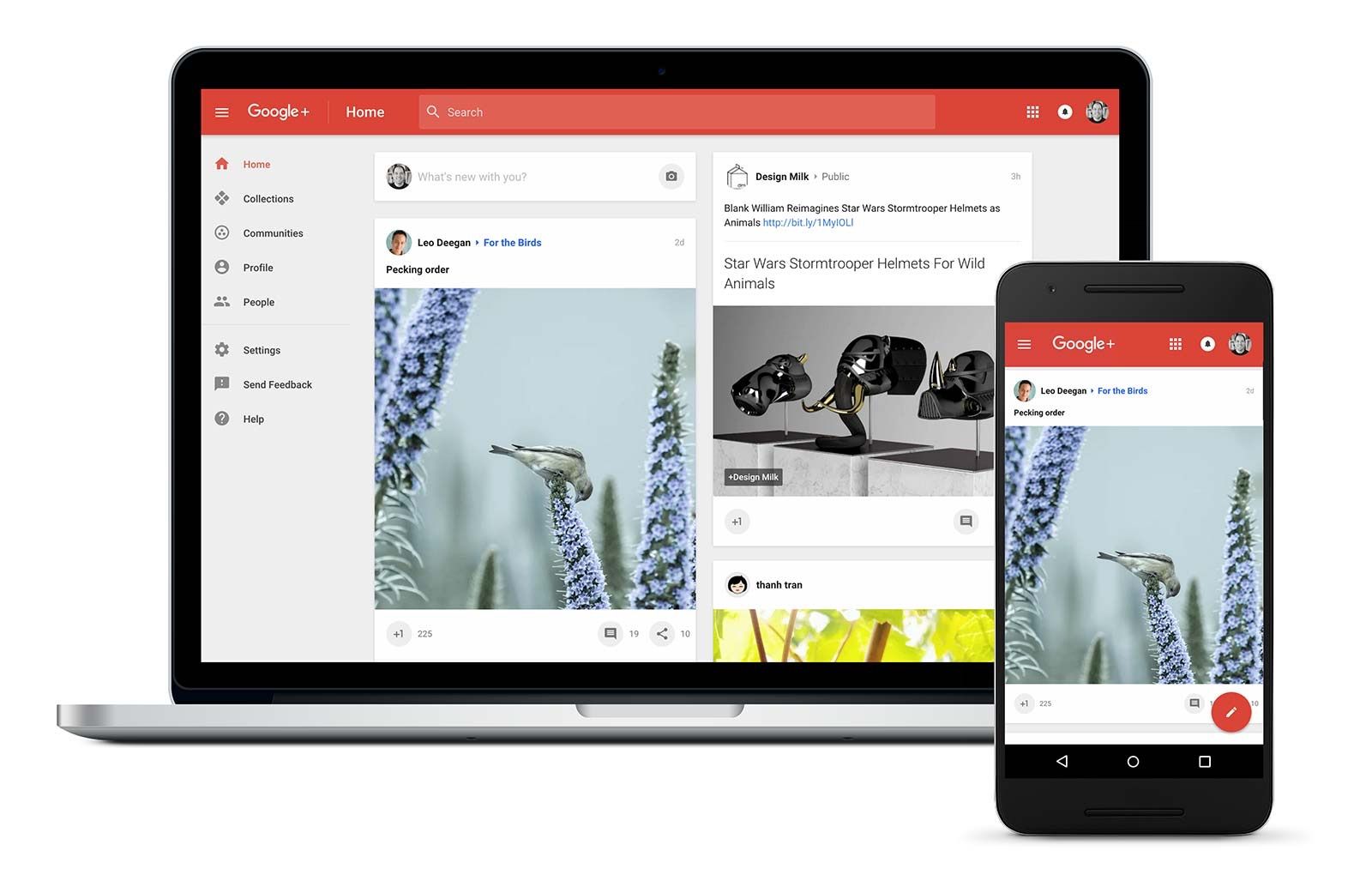
Let's confront:
- PRO native apps: speed, user experience, offline capability, access to the whole feature set of the device.
- PRO web apps: access from every kind of device (mobile or desktop), lower development costs.
The battle between native and web apps would then see the second ones still in disadvantage, compared to the possibilities offered from the first ones. Luckily for us, Google partied for the web apps, and over the last years leaded an idea that took the name of Progressive Web App (PWA). Progressive, because
they try to reduce, progressiely, the gap with native apps,
through the increment of the performance, a boost in the user experience and to the possibilty to access to features like offline capability, push notifications and many others. According to Alex Russel, the mind behind the project, PWAs “... blur the line between Web content and apps, but they keep the strengths of the Web.”.
That's how a PWA must be (according to Google):
- reliable: load instantly and never show the downasaur, even in uncertain network conditions.
- fast: respond quickly to user interactions with silky smooth animations and no janky scrolling.
- engaging: feel like a natural app on the device, with an immersive user experience.
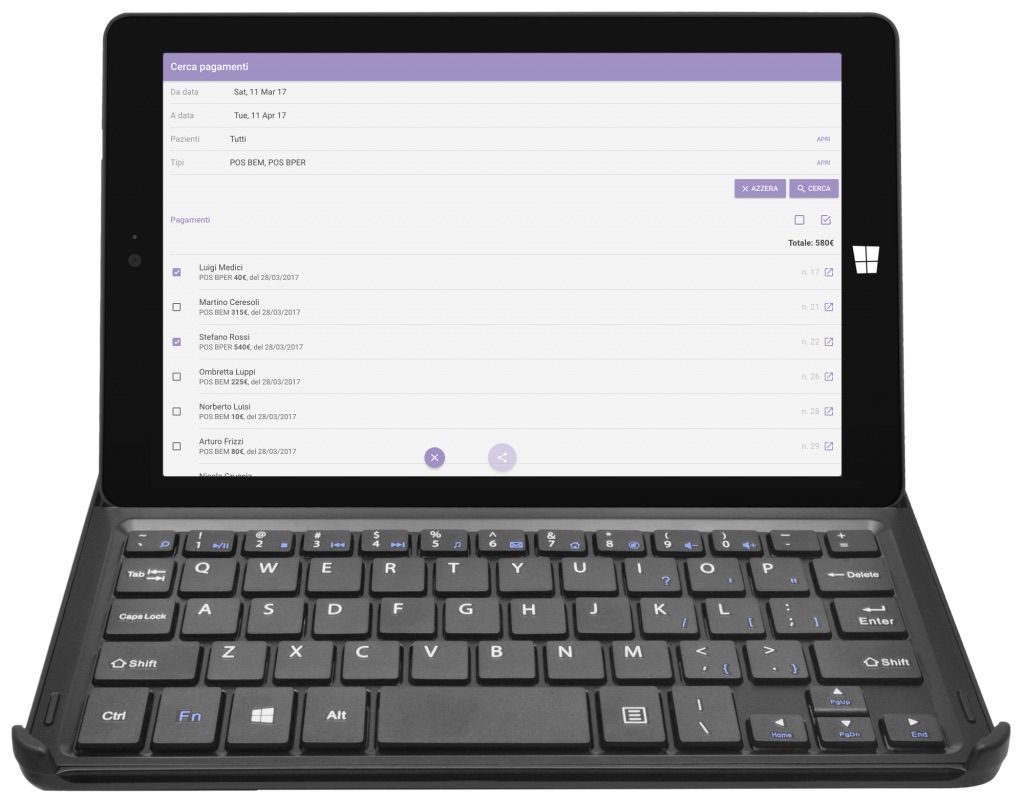
PWAs manage the majority of the business needs.
Are they therefore the panacea for all evils? There are still a few cases that can't be efficiently managed from a PWA; e.g. games or more generally all those applications with an important graphic compartment (actually, also in this case the gap is narrowing) or that require access to specific featuers of a device (bluetooth, gyrospcoe, accelerometer, etc.). End of the road?
Not yet: there are tools that help you developing a web app in the classic way, but generating also native app packages without any effort in term of time and energy.
Halfway between magic and technology,
frameworks like Ionic appeared, allowing the design of a web app that can access to the majority of the featurestypically available to a native app and that can be uploaded on the main app stores of the market (App Store, Google Play Store, etc.).
Checkmate? Opinions are still discordant on the web, but is undeniable that (progressive) web apps have considerably narrowed the gap with native apps, holding at the same time all the advantages coming from a single source code base, intendet to be run from any kind of device.
In IDEA we strongly believe in these new technologies and that's why we build on them the majority of our projects.

What about you? Are you interested in boosting your business, by optimizing your company's workflow? Contact us: we will gladly reply to your questions!







